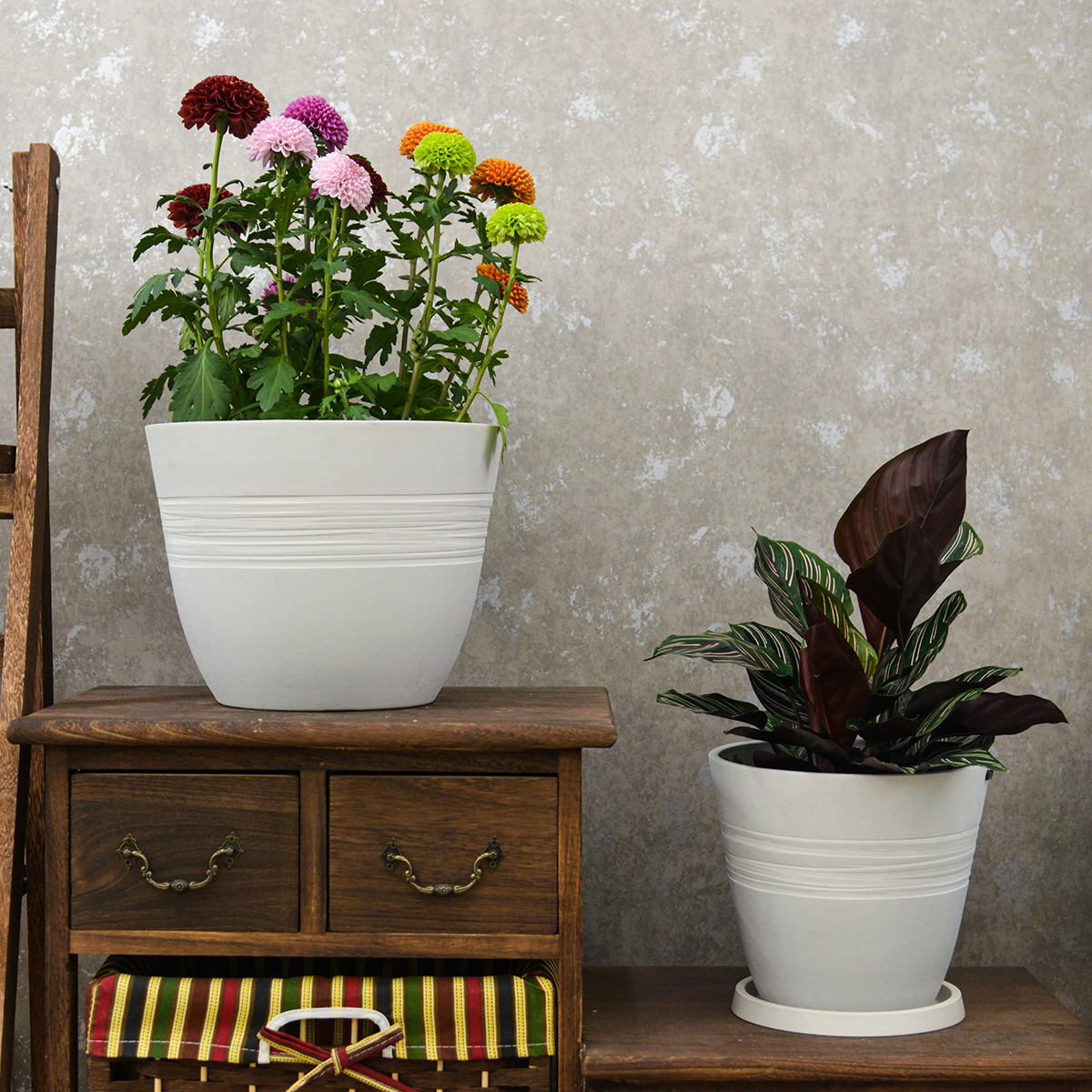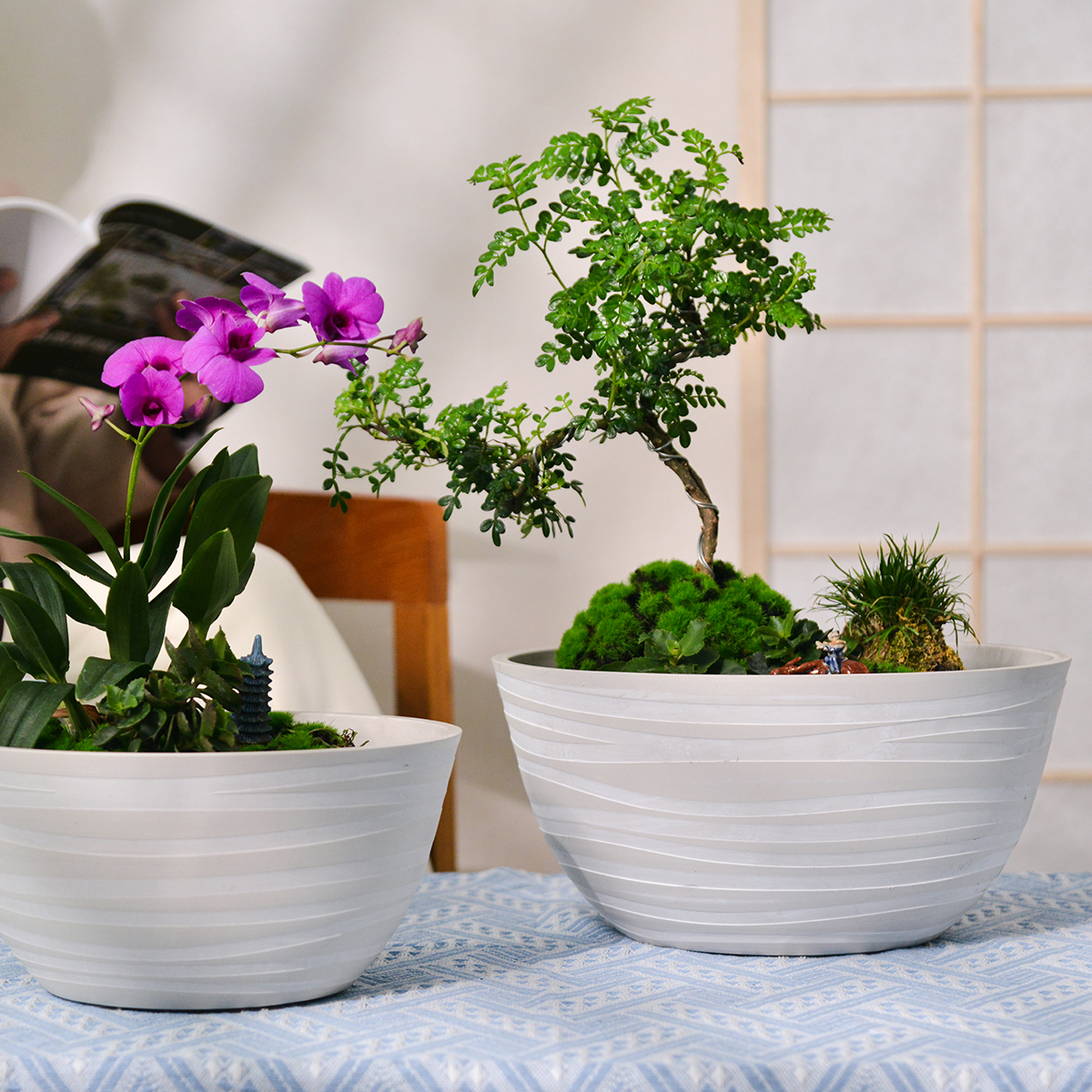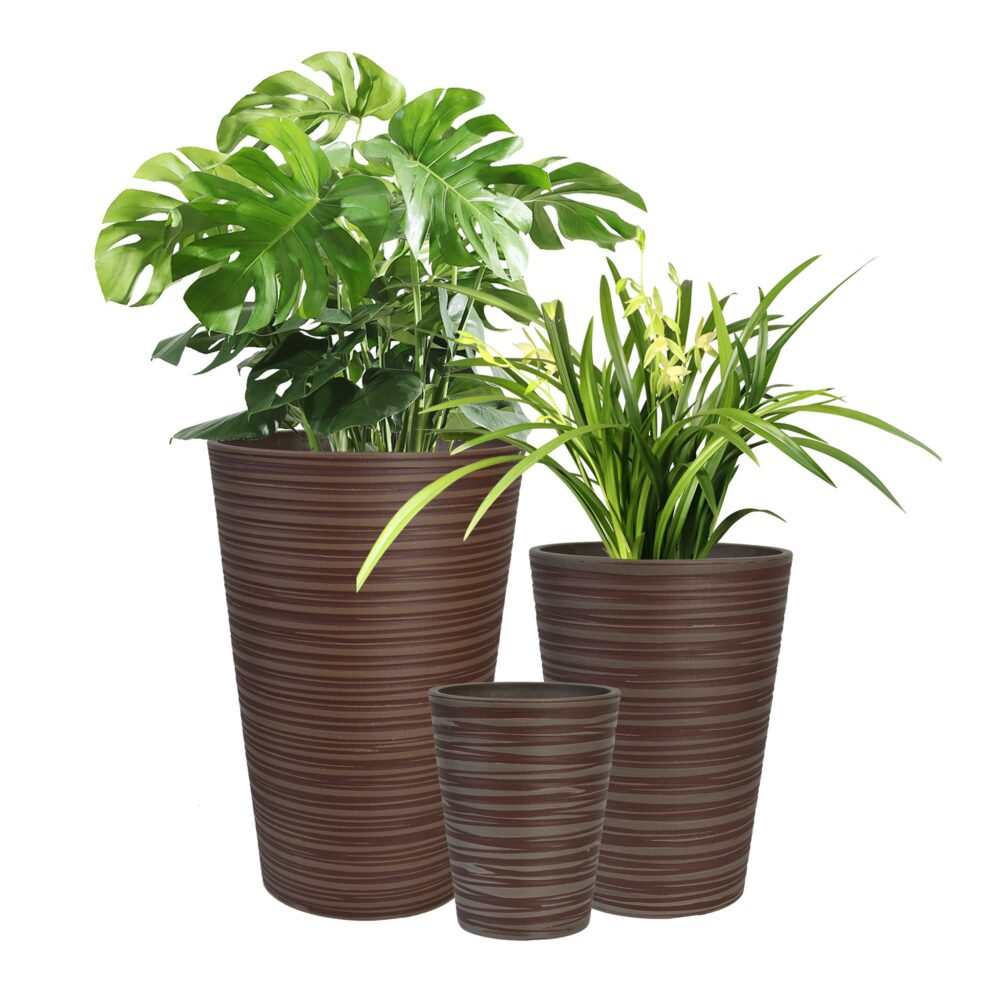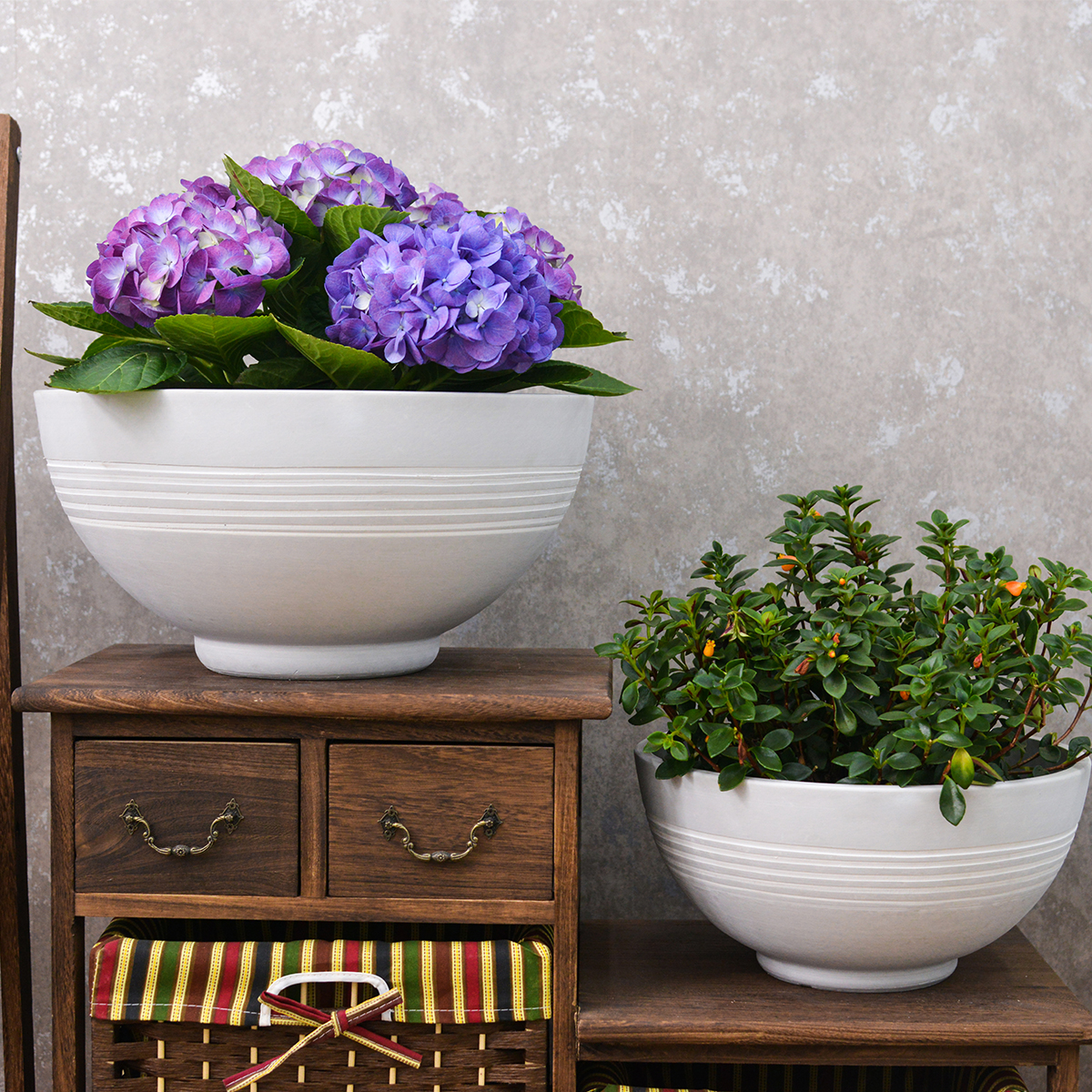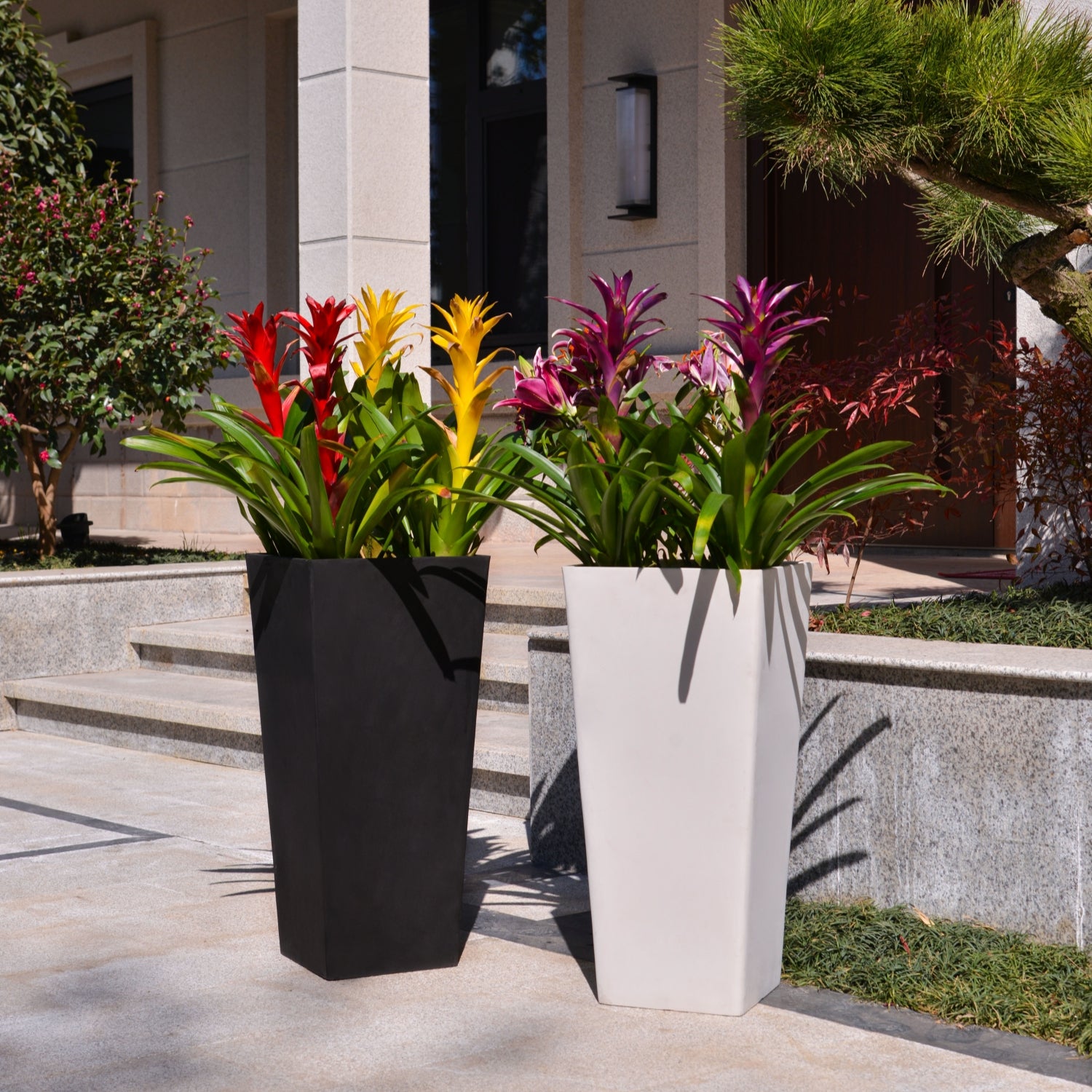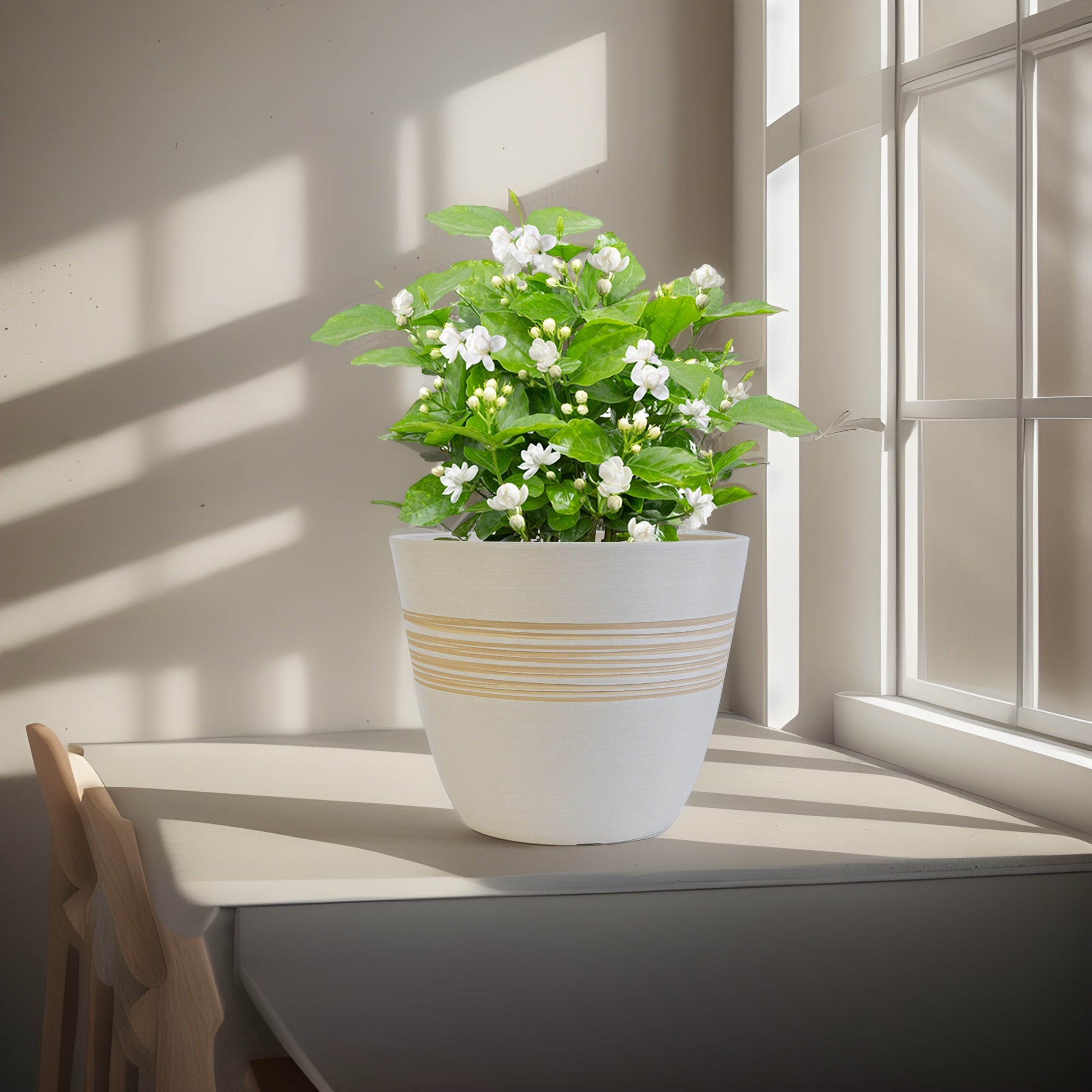Providing Nutrition for Flowers in Large Outdoor Planters: Fertilization Guide
Large outdoor planters, vibrant with blooming flowers, can be the crowning glory of any patio or garden. However, unlike their in-ground counterparts, flowers grown in containers are entirely dependent on you for their nourishment. The limited soil volume and the frequent watering inherent to container gardening mean that nutrients are quickly used up or washed away. Consistent fertilization is not just beneficial; it’s absolutely essential for continuous blooms and robust plant health throughout the growing season.
So, how do you provide sufficient nutrition for flowers in large outdoor flower planting boxes, and what are the ideal frequency and methods for fertilization?

Why Container Flowers Need Consistent Nutrition
Plants in containers have unique nutritional needs compared to those in garden beds:
- Limited Soil Volume: The root system is confined to the potting mix within the planter. This small volume contains a finite amount of nutrients, which are quickly depleted by actively growing, blooming plants.
- Frequent Watering & Leaching: Potting mixes are designed for excellent drainage to prevent root rot. While beneficial for drainage, this also means that water frequently flushes through the container, washing away soluble nutrients as it exits the drainage holes. This process is known as leaching.
- High Demand of Flowering Plants: Many popular annual flowers are “heavy feeders,” meaning they require a steady supply of nutrients to produce their continuous succession of blooms.
Key Nutrients for Flowering Plants
Plants primarily need three macronutrients, represented by the N-P-K ratio on fertilizer labels:
- Nitrogen (N): Promotes lush, green foliage growth.
- Phosphorus (P): Crucial for root development, flower production, and fruit/seed set. This is particularly important for blooming plants.
- Potassium (K): Supports overall plant vigor, disease resistance, and strengthens stems.
Additionally, plants require various micronutrients (e.g., iron, magnesium, calcium) for healthy growth, which are usually present in good quality potting mixes and balanced fertilizers.
Types of Fertilizers and Application Methods
There are two main approaches to fertilizing large outdoor planters:
Slow-Release Granular Fertilizers:
- What they are: These fertilizers consist of coated granules that slowly release nutrients into the soil over a period of weeks or months (e.g., 3-6 months), usually activated by moisture and temperature.
- Method: Mix the recommended amount into your potting mix at planting time, or sprinkle it evenly on the soil surface and gently scratch it in.
- Frequency: Typically applied once per season, as directed by the product’s duration (e.g., every 3 or 6 months).
- Pros: Convenient, provides a consistent supply of nutrients, reduces the risk of over-fertilization (fertilizer “burn”).
- Cons: Less immediate control over nutrient delivery; effectiveness can vary with temperature (warmer temps release nutrients faster).
Water-Soluble (Liquid) Fertilizers:
- What they are: These are concentrated fertilizers that are dissolved in water, making the nutrients immediately available for plant uptake.
- Method: Dilute the concentrate according to label directions and apply it when you water your plants. Some can also be used as a foliar spray, applied directly to leaves.
- Frequency: More frequent, typically every 1 to 2 weeks during the active growing and blooming season. The adage “weekly, weakly” applies – it’s better to feed a little less frequently than to over-fertilize.
- Pros: Provides an immediate nutrient boost, allows for precise control over dosage, good for heavy feeders needing regular replenishment.
- Cons: Requires more frequent application; easier to over-fertilize if not careful with dilution.
Organic Options: For those preferring organic gardening, options like fish emulsion, kelp meal, or compost tea can provide nutrients. These are generally gentler but may release nutrients more slowly or have a distinct odor.
General Fertilization Schedule for Large Outdoor Planters
A common and effective strategy for large outdoor planters is a combination approach:
- At Planting Time (Early Spring/Summer):
- Start with a high-quality potting mix that often includes a starter charge of nutrients.
- AND/OR Incorporate a slow-release granular fertilizer into the potting mix or apply it to the surface as directed. This provides a consistent base feeding.
- Throughout the Growing Season (Late Spring – Mid-Summer):
- If you used a slow-release fertilizer at planting, you may want to supplement with a water-soluble liquid fertilizer every 3-4 weeks, especially for heavy blooming annuals or if you notice signs of nutrient deficiency.
- If you are relying solely on liquid fertilizer, apply it every 1-2 weeks as part of your regular watering routine.
- Late Summer / Early Fall:
- Gradually reduce or stop fertilizing as plants begin to wind down their growth cycle. For annuals, stop when they naturally start to decline. For perennials, stop a few weeks before the first anticipated frost to discourage tender new growth.
Signs Your Flowers Need More Nutrition
Watch for these visual cues that your container flowers might be hungry:
- Yellowing leaves (Chlorosis): Especially older, lower leaves, indicating nitrogen deficiency.
- Stunted Growth: Plants are not growing as large or as quickly as expected.
- Few or Pale Blooms: Lack of vibrant color or reduced flower production.
- Weak, Leggy Stems: Stems are thin and stretched.
Tips for Successful Fertilization
- Always Read the Label: Product instructions vary. Follow the recommended dosage and application methods for the specific fertilizer you choose.
- Never Fertilize Dry Soil: Always water your plants thoroughly before applying liquid fertilizer to prevent root burn.
- Don’t Over-Fertilize: More is not better. Excessive fertilizer can burn roots, leading to plant damage or even death. If in doubt, use a slightly weaker solution than recommended.
- Consider Plant Needs: Adjust your schedule and fertilizer type based on whether your plants are heavy feeders (like petunias, impatiens) or lighter feeders (like succulents or many ornamental grasses).
- Choose the Right Ratio: For flowering plants, look for fertilizers with a balanced N-P-K ratio, or one where the middle number (P, phosphorus) is slightly higher to encourage blooming.
Conclusion
Providing consistent and appropriate nutrition is vital for the success of flowers in large outdoor planters. Due to limited soil volume and nutrient leaching, container plants require more regular feeding than those in the ground. A combination of slow-release granular fertilizers at planting and periodic applications of water-soluble liquid fertilizers throughout the growing season is often the most effective strategy. By understanding the needs of your plants and the properties of different fertilizers, you can ensure your large containers burst with vibrant, healthy blooms all season long.
KC2-11V
By greenship|2024-08-16T05:39:50+00:00August 16, 2024|Categories: Hand-carving Series|
20VD
By greenship|2024-08-13T06:43:41+00:00August 13, 2024|Categories: Hand-carving Series|
Modern Plant Pots with Drainage – Indoor & Outdoor Use (6″ Widths)
By greenship-seo|2025-04-10T06:29:43+00:00February 6, 2025|Categories: Hand-carving Series|Tags: Decorative Flower Pots|
KC3-09k
By greenship|2024-08-16T06:24:36+00:00August 16, 2024|Categories: Hand-carving Series|
GreenShip 27inch Tall Planters for Porch, Large Outdoor Planter Pots with Drainage Hole
By greenship-seo|2025-04-10T06:27:21+00:00April 7, 2025|Categories: Hand-carving Series|Tags: Decorative Flower Pots|
Planter for Indoor Outdoor Plants, Set of 2 Modern Decorative Plant Pots with Drainage Hole, Decorative Flower Pots
By greenship-seo|2025-04-10T07:46:01+00:00January 9, 2025|Categories: Hand-carving Series|Tags: Decorative Flower Pots, Self-Watering Pots|


